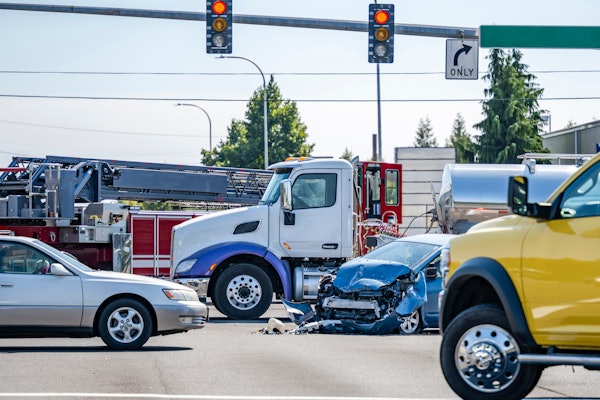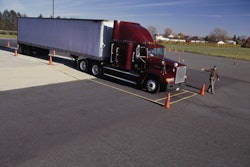It’s hard to put a price on safety. But I’ll bet you’ve got a pretty good idea of how much your last accident cost.
There’s plenty of technology that can help prevent accidents, but if you buy it, how do you know an accident would have happened without it? You don’t. Even your drivers might not know. And if they did, they’re not likely to tell you they were bailed out of trouble by technology. That’s why, historically, safety has been a hard sell.
Still, learn what’s out there. You can bet sharp lawyers do. And in court, if they can show that there is a technology that might have prevented an accident, but it wasn’t installed on the truck involved, it’s not going to help the owner’s case. Can you say “best business practices”?
At any rate, here are some examples of accident-avoidance technologies – they recently were demonstrated on Delphi’s Safety Truck at the annual meeting of the Technology & Maintenance Council.
- Delphi’s Forewarn smart cruise control, headway alert and forward collision warning detect vehicles in a truck’s path up to 402 feet ahead. They keep the truck at a safe following distance and alert the driver, when needed, to take evasive action. Also, a pre-crash warning system determines available safety mitigation measures, such as active braking and pretensioning the seat belt.
- The truck’s near-infrared night vision system provides high-beam visibility without blinding oncoming drivers, since near-IR light isn’t visible to humans. The system picks up objects more than 300 feet away and projects the view onto an in-cab display.
- For avoiding side impacts, the short-range Forewarn radar system detects vehicles or objects in adjacent lanes and issues an alert if the truck’s driver signals a lane change to the occupied side. In addition, the truck has side cameras that send the driver a clear view along the entire length of the tractor and trailer.
- A lane-departure warning system detects roadway markers and alerts the driver if he drifts out of his lane.
- A 24 GHz short-range radar sensor paired with a camera is used to assist the driver in detecting vehicles or objects behind the vehicle, while a fifth-wheel camera aids hitching and allows the driver to monitor that area. When the vehicle is parked and the security feature is enabled, a motion sensor detects activity near the trailer doors, and the rear and side cameras activate.
- A workload management system helps combat fatigue by monitoring eye closure. And a driver distraction system monitors the driver’s gaze and head position; based on the sensed level of drowsiness or distraction, the system applies a stimulus – in this truck, a sharp tug on the seatbelt – to alert the driver.
- A rollover sensing system provides detection, mitigation and protection – with the latter stage capable of initiating such measures as pretensioning the seatbelt.
Of course, Delphi’s truck is a concept vehicle. And it’s unlikely that any fleet is going to buy all these devices for all of its trucks. The demonstration simply offered a smorgasbord of food for thought. These and other technologies don’t come cheap – but they could save equipment, property and maybe lives.
What’s that worth?







